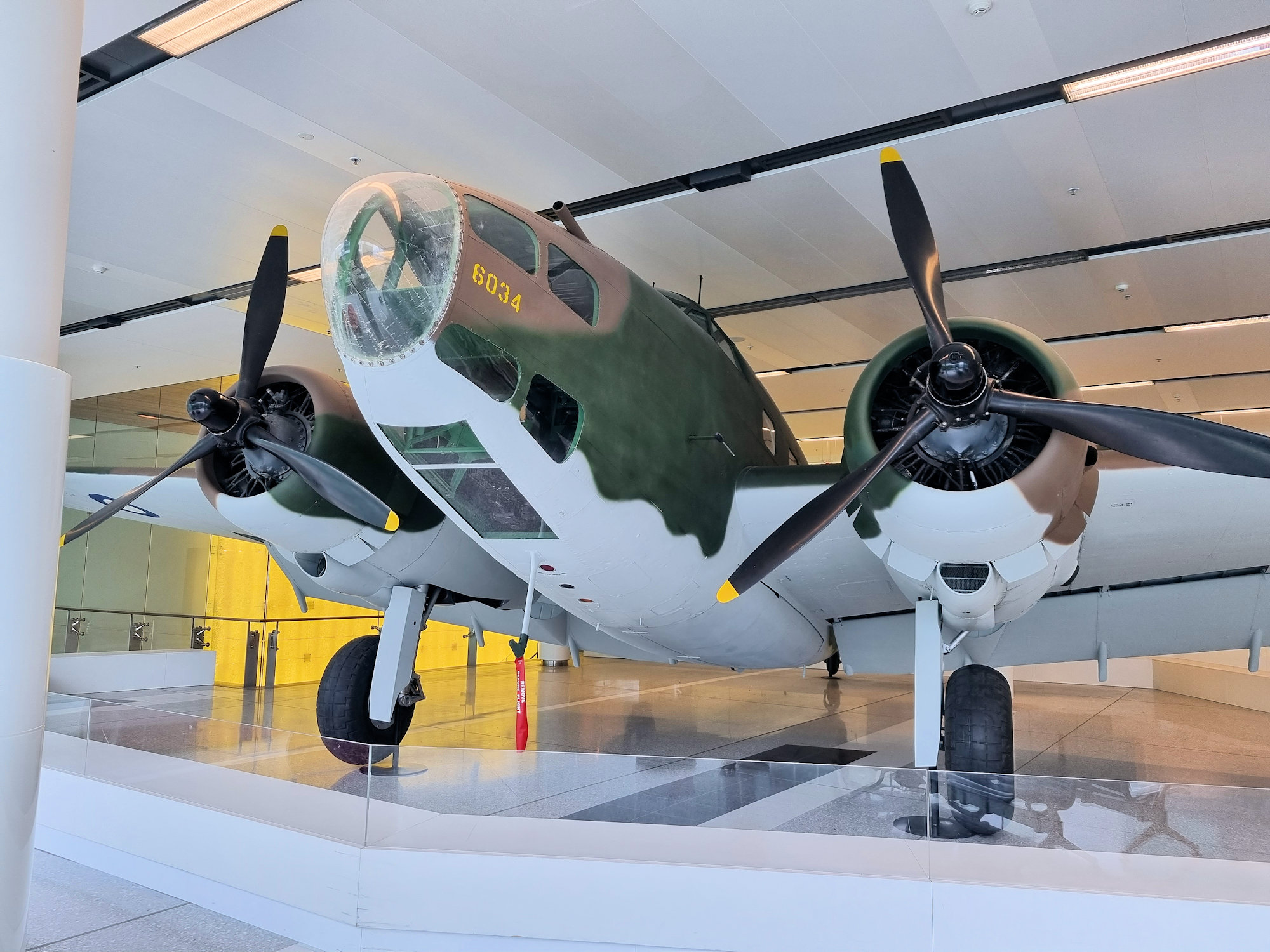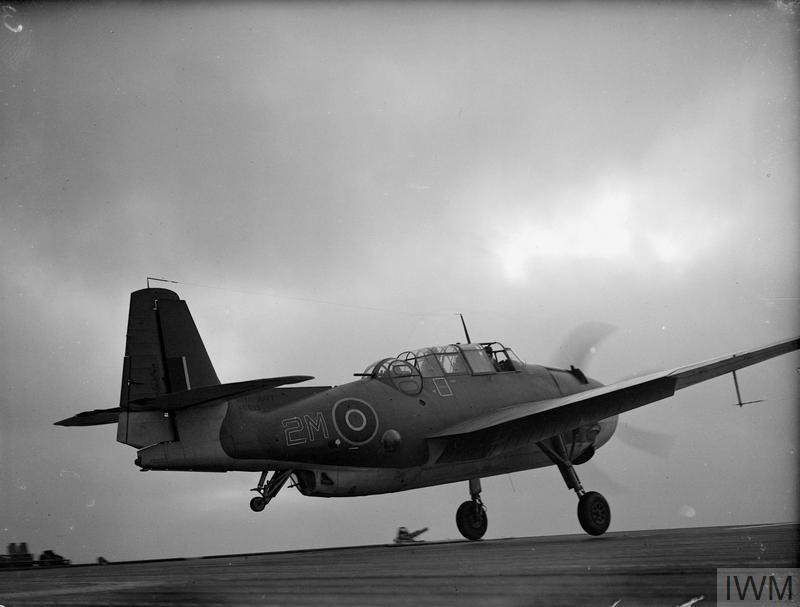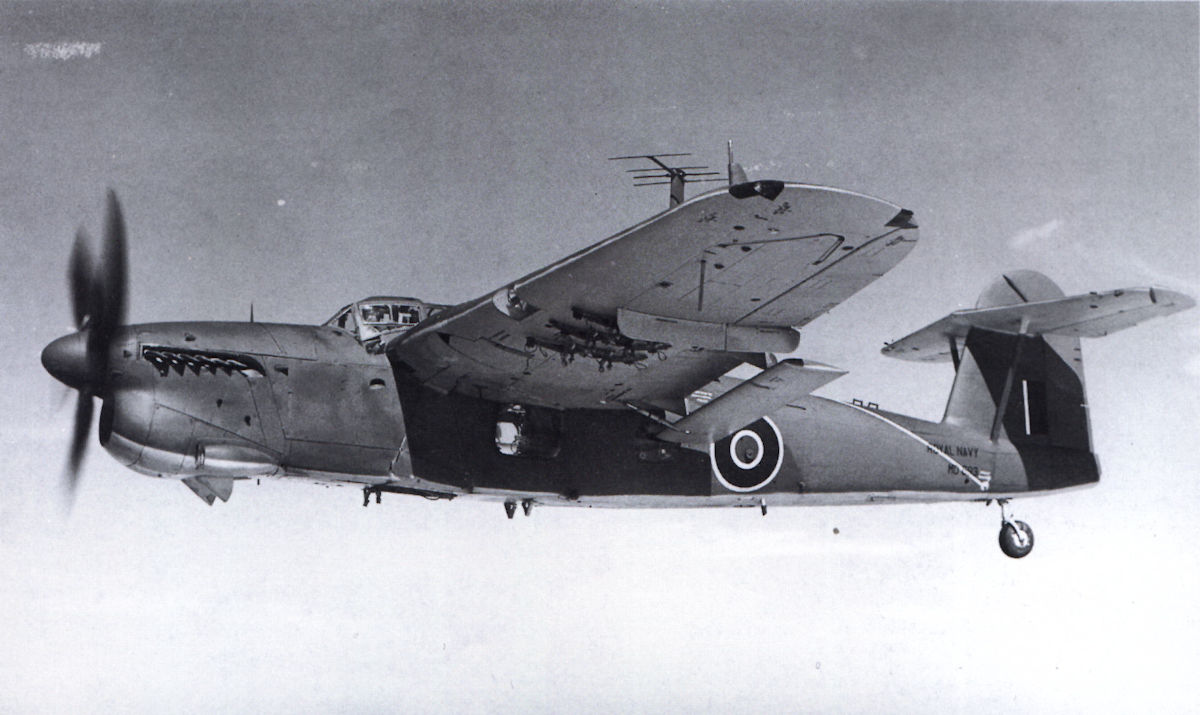Tag: bomber
-
Canberra Airport Hudson Bomber

Lockheed Hudson Mk.IV A16-105 at Canberra Airport Something you don’t expect to see is a five-tonne bomber on the second floor of an airport terminal. However, Canberra Airport has a Lockheed Hudson bomber doing just that. Sitting at the far end of the check-in desks, it’s a monument to all of the RAAF crews who… Read more
-
Grumman Avenger in British Service

Grumman Avenger in British Service Initially called the Tarpon when in British Royal Navy Fleet Air Arm service, the Grumman Avenger was renamed along with other US Navy aircraft to adopt US names for American built aircraft. The first 402 Grumman TBF-1s delivered were designated Tarpon GR.I (later changed to Avenger), 334 General Motors built… Read more
